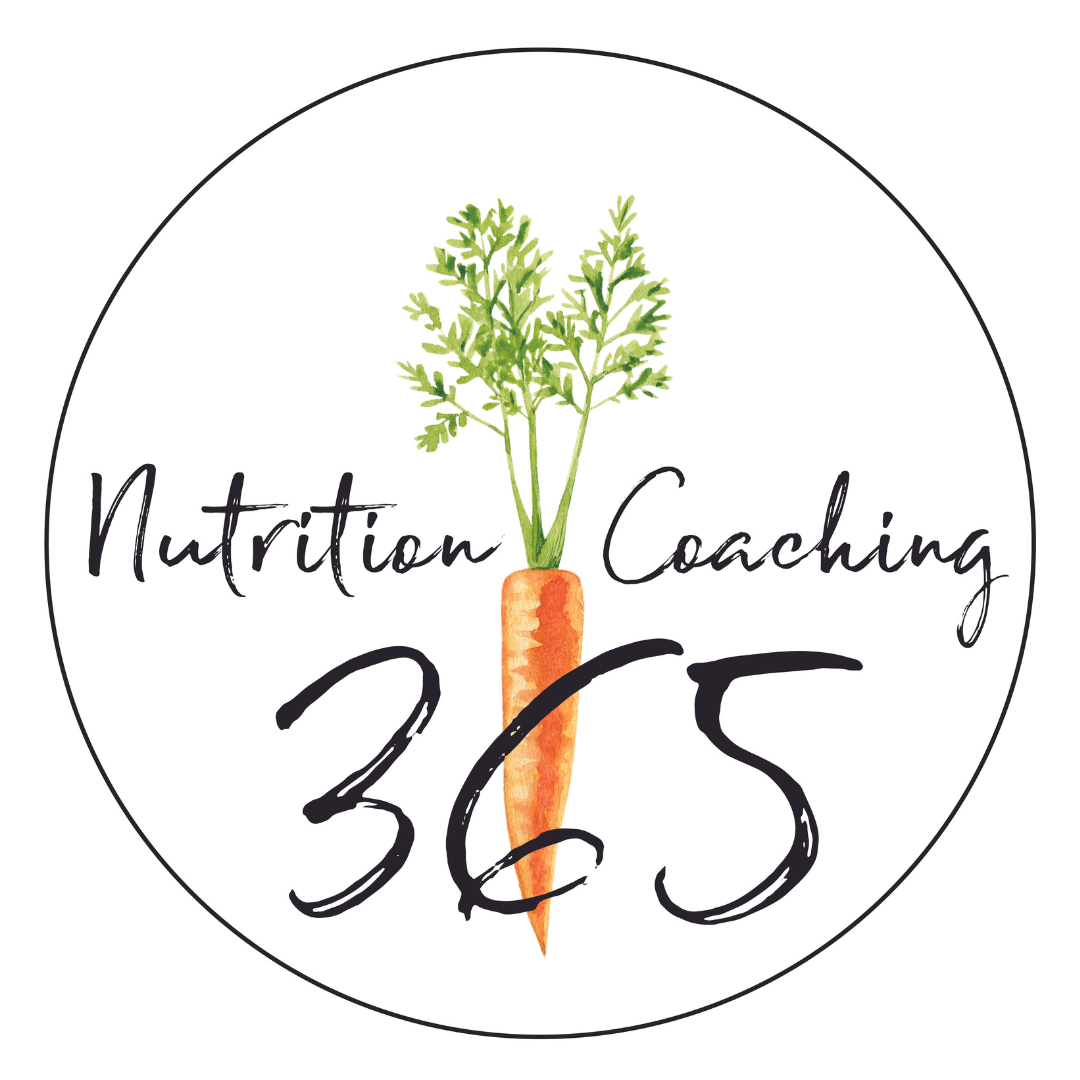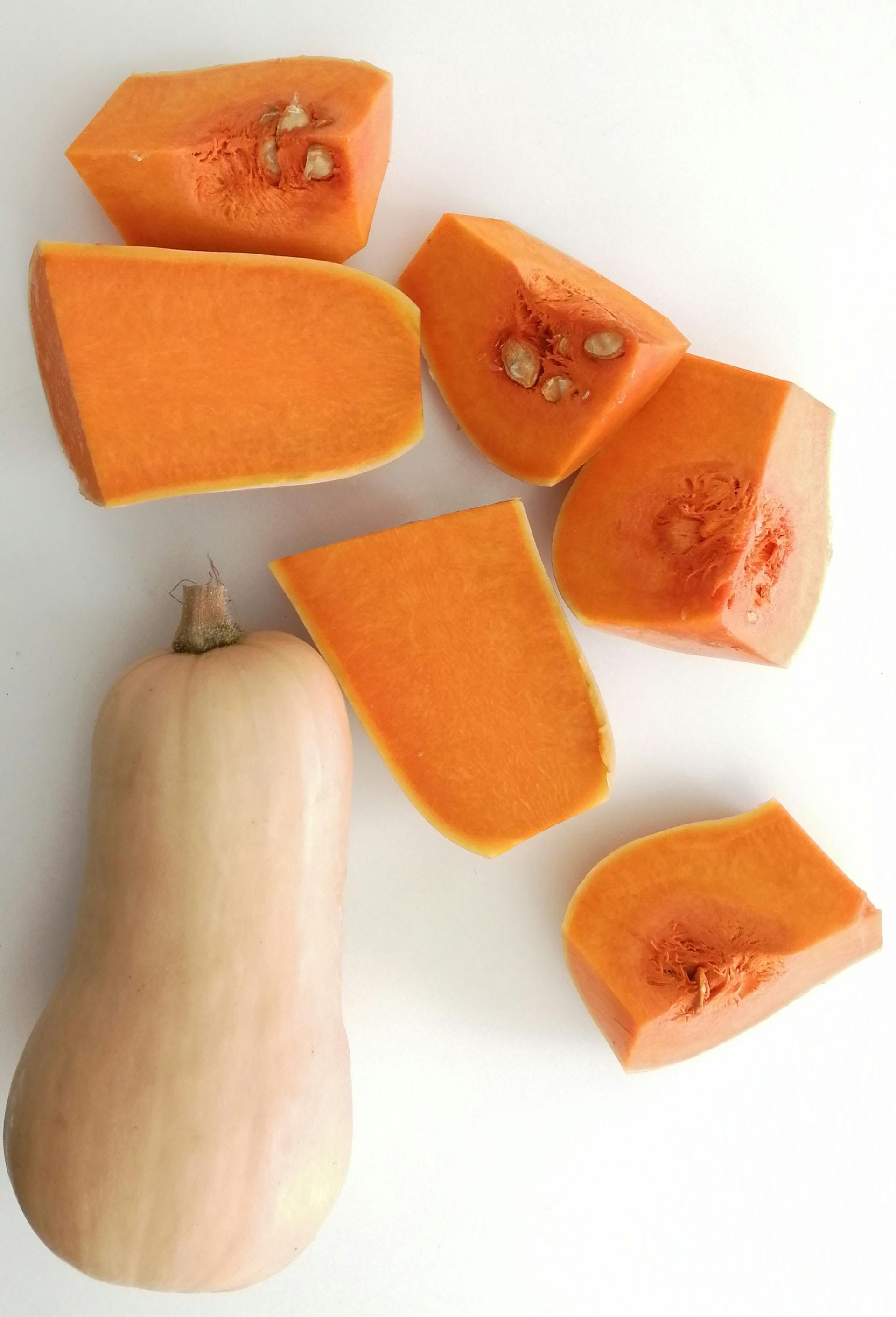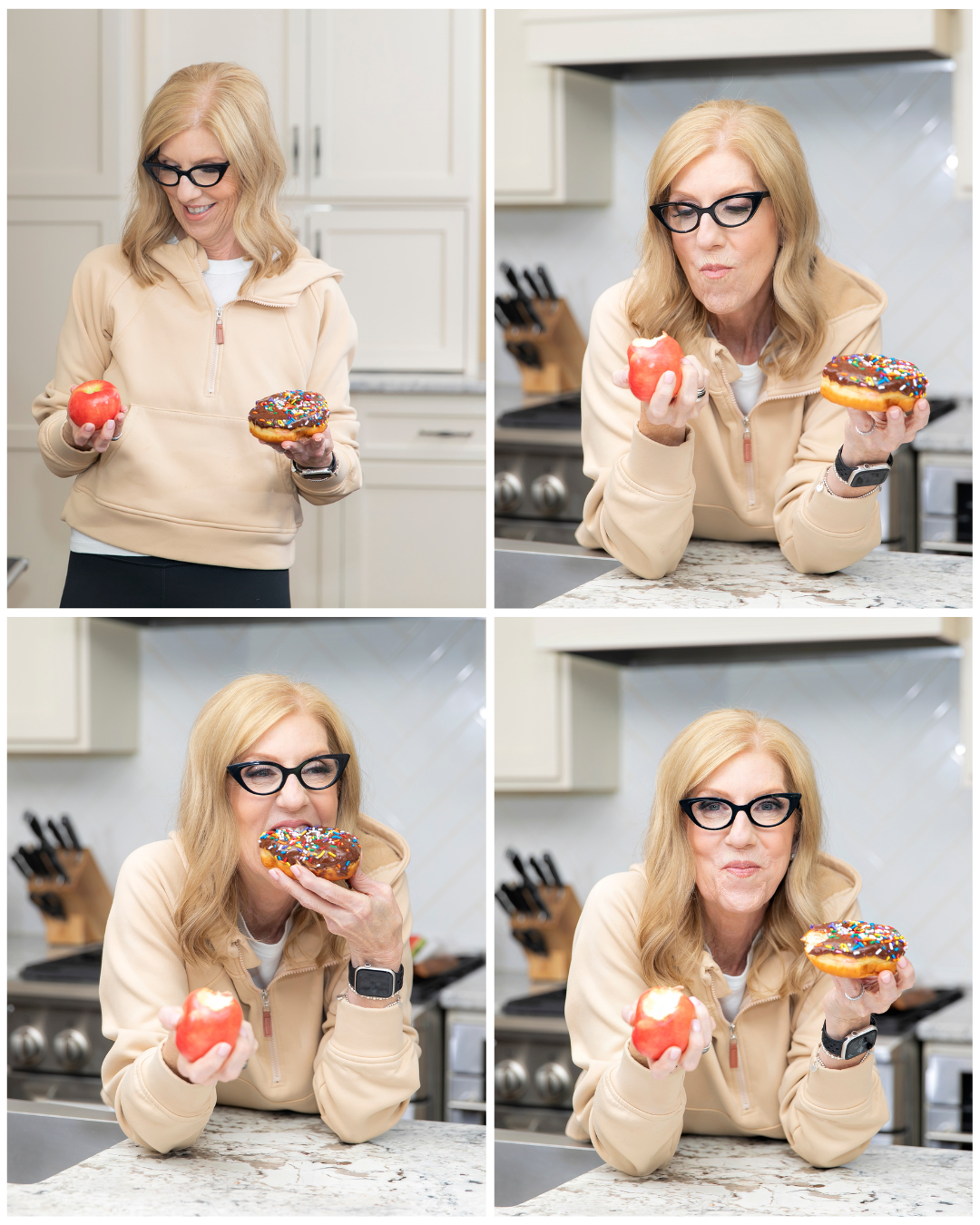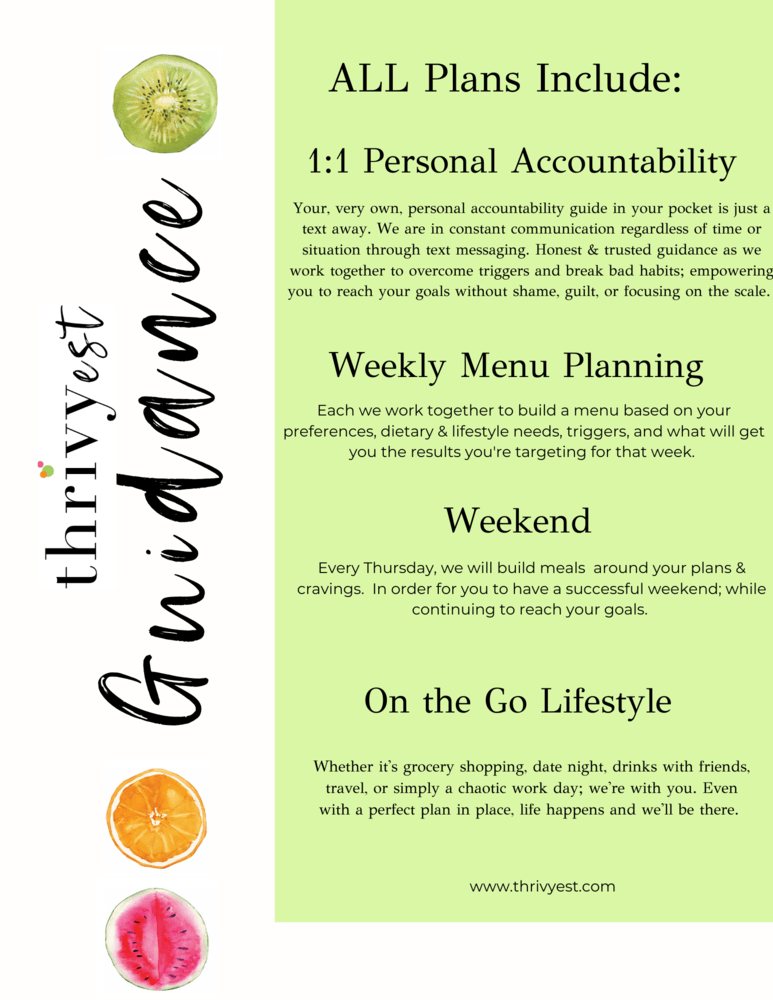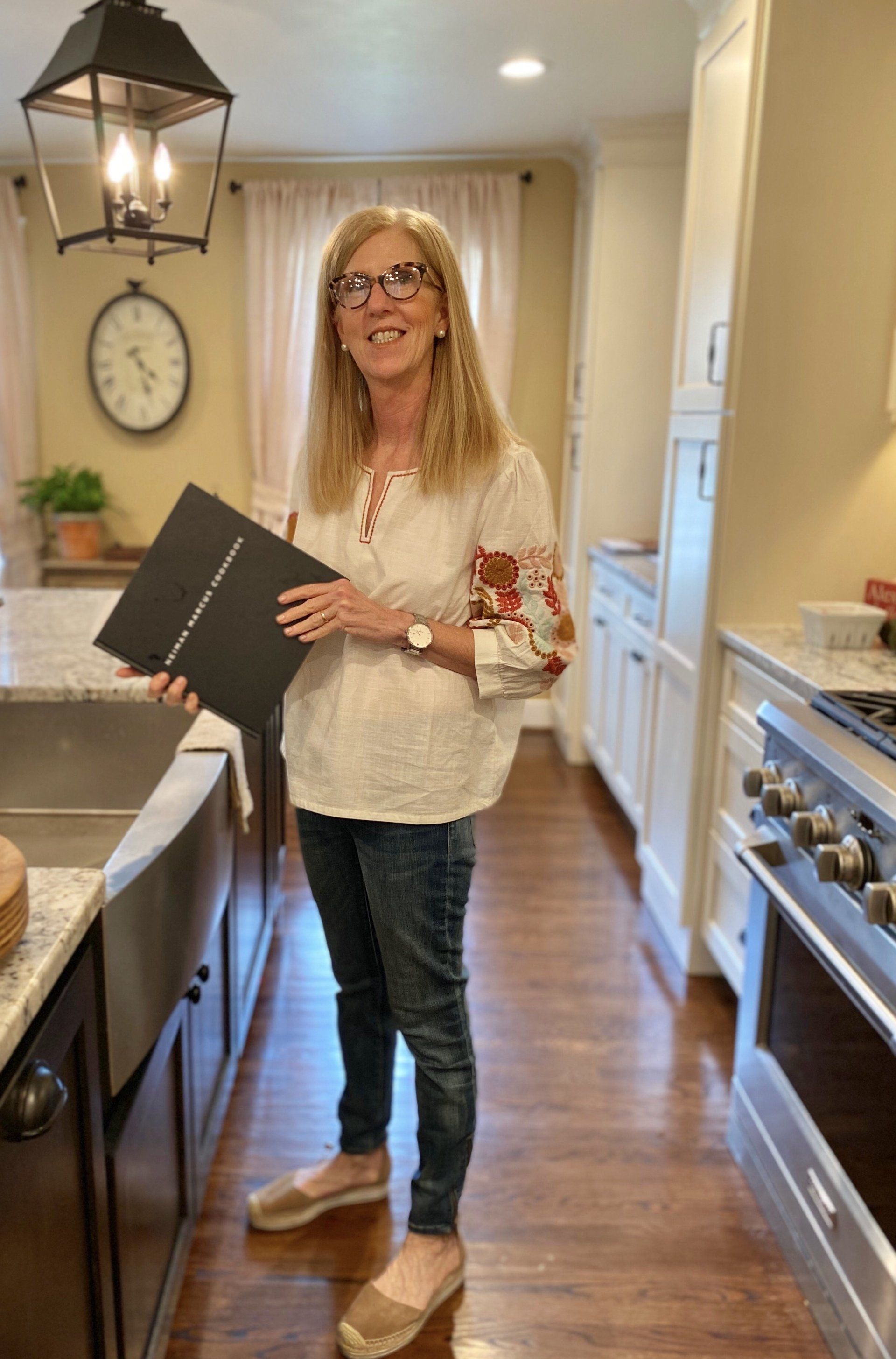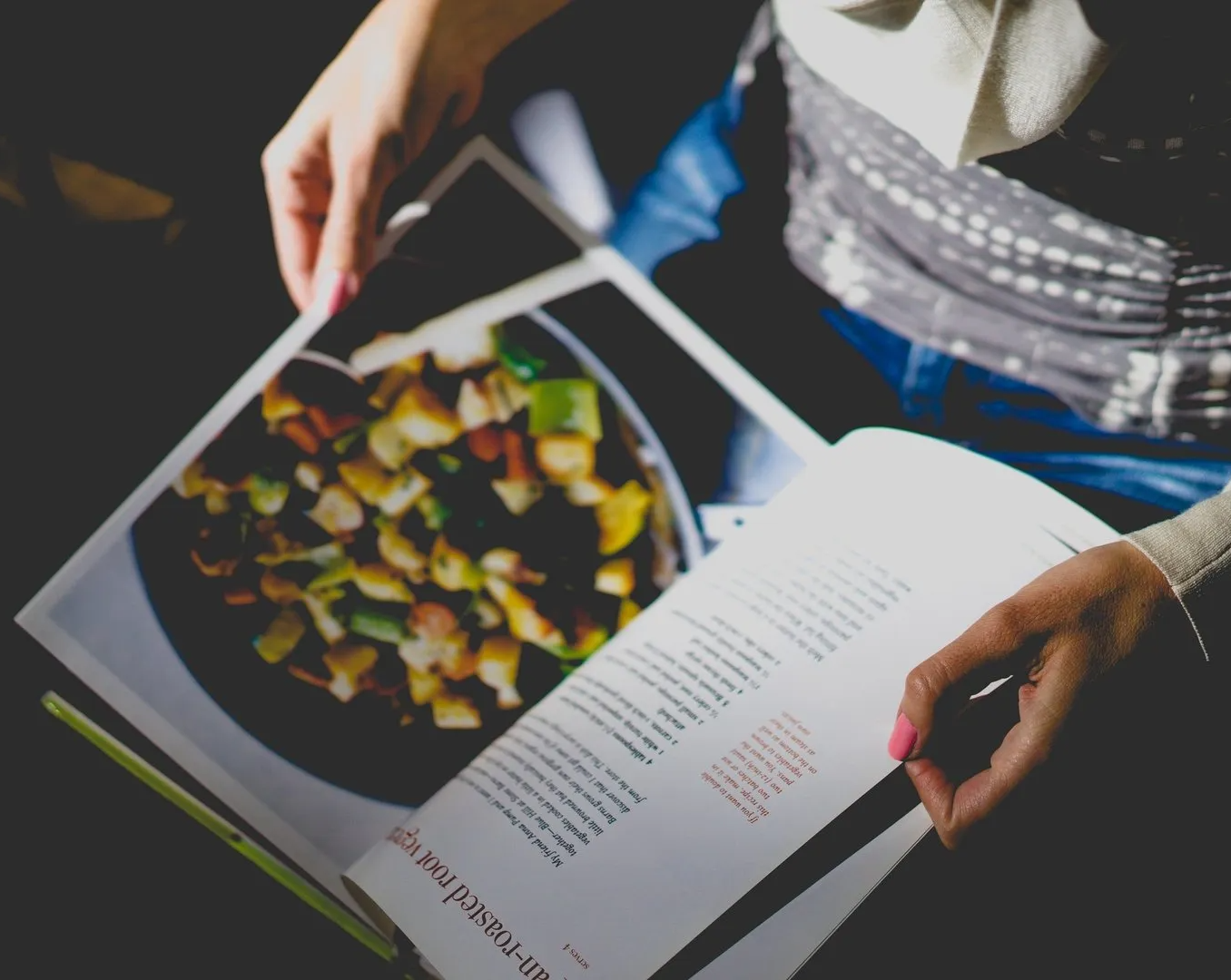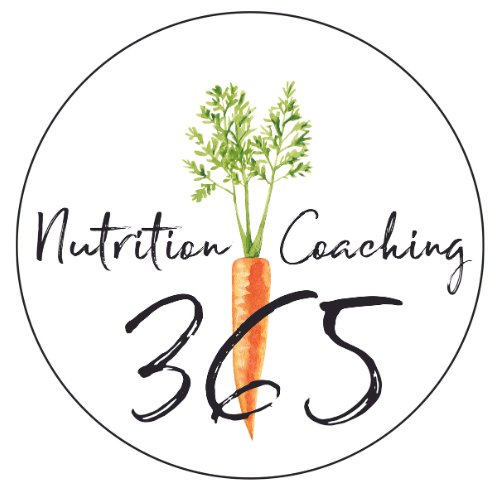The Secret to Reversing Metabolism Decline: The Ultimate Guide for Women Over 40
Metabolic Priming:
A Guide for Women Over 40
Metabolic priming is a concept gaining traction in the health and fitness community, especially among women over 40. As women age, their metabolism naturally slows down, making it harder to maintain weight and overall health. Metabolic priming offers a strategic approach to revving up the metabolism, optimizing energy levels, and improving overall wellness.
What is Metabolic Priming?
Metabolic priming is like giving your metabolism a wake-up call. It's about setting the stage for your body to burn calories efficiently and keep your energy levels high. Think of it as prepping your body for optimal performance, much like how you’d prepare for a big event. This approach can be especially beneficial for women over 40, who often experience a slowdown in metabolism due to hormonal changes, muscle loss, and other lifestyle factors.
Key Components of Metabolic Priming
- Nutrition: Eating the right foods at the right times.
- Exercise: Incorporating both cardio and strength training.
- Hydration: Drinking enough water throughout the day.
- Sleep: Getting quality rest to recover and balance hormones.
- Stress Management: Keeping stress in check to lower cortisol levels.
Why Metabolic Priming is Important
As we get older, our bodies go through several changes that can affect our metabolism:
- Hormonal Shifts: Menopause and perimenopause bring changes in estrogen and progesterone, which can slow down metabolism and affect fat distribution.
- Muscle Mass Reduction: We tend to lose muscle as we age, which can decrease our resting metabolic rate since muscle burns more calories than fat.
- Lifestyle Factors: Busy lives and sedentary habits can further slow metabolism.
Metabolic priming can help counteract these changes by promoting muscle growth, balancing hormones, and improving overall metabolic health.
But how...
1. Optimizing Nutrition
Nutrition is crucial when it comes to metabolic priming. Focus on eating nutrient-dense foods that support muscle maintenance and provide sustained energy.
Macronutrients
- Protein: Essential for muscle repair and growth. Include lean sources like chicken, fish, beans, and legumes in your diet.
- Carbohydrates: Choose complex carbs like whole grains, vegetables, and fruits for sustained energy.
- Fats: Opt for healthy fats from avocados, nuts, seeds, and olive oil.
Micronutrients
- Vitamin D: Supports bone health and muscle function. Get it from sun exposure, fatty fish, and fortified dairy products.
- Calcium: Crucial for bone health. Find it in dairy products, leafy greens, and fortified plant-based milks.
- Iron: Important for energy levels. Good sources include red meat, beans, and spinach.
Eating Patterns
- 3 Meals Calorically Balanced : Keeps your metabolism active throughout the day.
- Balanced Meals: Make sure each meal includes a mix of protein, carbs, and fats.
- Hydration: Drink plenty of water to aid digestion and metabolic processes.
2. Incorporating Exercise
Exercise is a key part of metabolic priming, especially strength training and cardiovascular workouts.
Strength Training
- Build Muscle Mass: Incorporate weight lifting or resistance exercises to increase muscle mass, boosting your resting metabolic rate.
- Frequency: Aim for at least 2-3 strength training sessions per week.
- Variety: Target all major muscle groups with different exercises.
Cardiovascular Exercise
- Consistency: Regular cardio helps maintain a healthy heart and overall fitness.
- Variety: Mix zone 2 & zone 3 intensity with steady-state cardio for the best results.
- Duration: Aim for at least 150 minutes of moderate-intensity or 75 minutes of zone 2 cardio each week.
3. Prioritizing Sleep
Quality sleep is essential for metabolic health. Poor sleep can disrupt hormone balance and increase cravings for unhealthy foods.
Tips for Better Sleep
- Consistent Schedule: Go to bed and wake up at the same time every day.
- Sleep Environment: Ensure your bedroom is dark, quiet, and cool.
- Avoid Stimulants: Limit caffeine and screen time before bed.
4. Managing Stress
Chronic stress can elevate cortisol levels, which negatively impacts metabolism and fat storage.
Stress Reduction Techniques
- Mindfulness and Meditation: Practice mindfulness or meditation to reduce stress.
- Physical Activity: Exercise is a great way to lower stress levels.
- Hobbies and Social Activities: Engage in activities that bring joy and relaxation.
5. Staying Hydrated
Water is vital for all metabolic processes. Dehydration can slow metabolism and hinder weight loss efforts.
Hydration Tips
- Regular Intake: Drink water consistently throughout the day.
- Hydrating Foods: Include water-rich foods like cucumbers, oranges, and watermelon.
- Limit Diuretics: Reduce intake of caffeine and alcohol, which can dehydrate the body.
Practical Tips for Implementing Metabolic Priming
- Set Realistic Goals: Start with small, achievable goals and gradually build up.
- Track Progress: Keep a journal of your food intake, exercise, and how you feel.
- Stay Educated: Continuously learn about nutrition and fitness to make informed decisions.
- Seek Support: Consider working with a nutritionist or personal trainer for personalized guidance.
Wrapping Up
Metabolic priming is a powerful strategy for women over 40 to optimize their metabolism and overall health. By focusing on nutrition, exercise, sleep, stress management, and hydration, you can counteract age-related metabolic decline and improve your quality of life. Implementing these practices requires dedication and consistency, but the benefits are well worth the effort. Remember, it's never too late to start taking steps toward a healthier, more vibrant you.
Stay motivated, stay healthy, and keep shining!
YOU ARE CAPABLE OF LIVING YOUR HEALTHIEST & HAPPIEST LIFE.
If you’re looking to create healthy habits to gain more energy, improve your sleep + shed a few pounds, you’ve landed in the right place.
Recent Posts
Meet Emily
I love encouraging + inspiring others to reach their healthiest lives through food, fitness + gratitude. As a holistic nutritionist + the founder of Thrivyest, I am passionate about creating habits to help you to live longer + thrive. To thrive in body, mind + soul through personalized, simple + practical steps ensuring you gain more energy, clarity + confidence! Let's connect!
